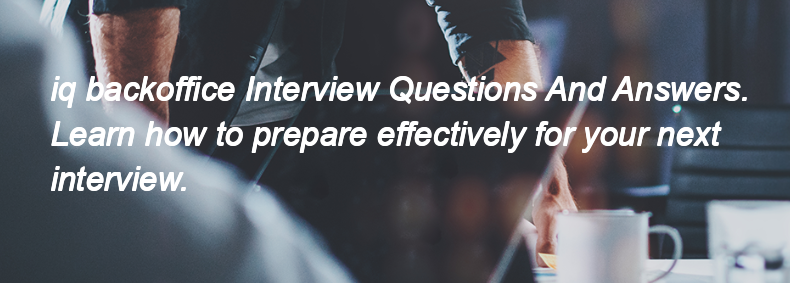Ques:- What information would you attach to a Release Policy?
Asked In :-
WFM, Doha Petroleum Construction DOPET, Fleetguard Filters, Purolator Courier, Clean POV, ARCIS e Services, NHM, Revenue Assurance Services, Quantum Power Systems, Century Metal Recycling Pvt Ltd,
Right Answer:
A Release Policy should include the following information:
1. Release objectives and goals
2. Criteria for release readiness
3. Roles and responsibilities of team members
4. Release schedule and timelines
5. Risk assessment and mitigation strategies
6. Approval process and sign-off requirements
7. Communication plan for stakeholders
8. Post-release monitoring and feedback mechanisms
9. Documentation and training requirements
10. Compliance and regulatory considerations (if applicable)
A Release Policy should include the following information:
1. Release objectives and goals
2. Criteria for release readiness
3. Roles and responsibilities of team members
4. Release schedule and timelines
5. Risk assessment and mitigation strategies
6. Approval process and sign-off requirements
7. Communication plan for stakeholders
8. Post-release monitoring and feedback mechanisms
9. Documentation and training requirements
10. Compliance and regulatory considerations (if applicable)

